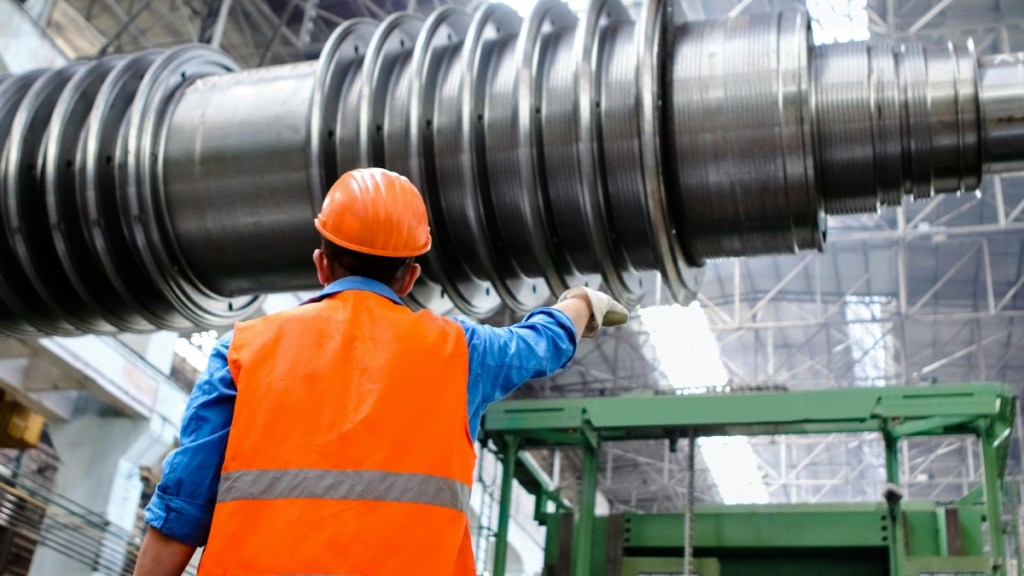By Vijay Gurav
In today’s highly competitive manufacturing landscape, designing an efficient assembly line is not just about improving production speed—it’s about optimising costs, enhancing quality and maximising profitability. A well-designed assembly line doesn’t just produce goods; it generates profitable revenue for the company by eliminating waste, improving workflow, and increasing throughput.
Efficient factories are a result of high Labor Productivity & machine productivity for any industry manufacturing goods and converting raw materials into final finished products. Labor productivity is a key measure of efficiency in both factories & the border economy. It’s defined as the amount of output (goods or services) produced per unit of labor input (such as hours worked or number of employees). Higher productivity means that more is being produced with the same or fewer resources, leading to cost reductions, higher wages, and economic growth.
In Manufacturing Labor Productivity is directly to variable cost for running any factory- which in turns can have impact on profitability, efficiency and competitiveness. Companies which continuously improve their labor productivity reduce waste, optimize operations, and maintain a competitive edge over the global market.
Economic Impact of Labor Productivity
At a macroeconomic level, labor productivity is a key driver of economic growth, industrial expansion, and national competitiveness. When Productivity rises
Factories lower production costs by making goods more affordable and increasing exports.
Workers earn higher wages, improving purchasing power and overall living standards.
Companies reinvest profits, leading to job creation, factory expansion and technological advancements.
Countries attract foreign investments, as efficient production systems signal economic stability and profitability.
However, low productivity leads to higher production costs, lower profitability, and reduced global competitiveness, forcing companies to outsource jobs or shut down unprofitable operations.
Designing robust systems can be the key to improving labor productivity in any factory.
Principles of Designing efficient Assembly Line
To create a high performing assembly line, manufacturing must start with understanding market demand & fluctuations, Takt time, cycle time and Value stream the complete process from raw material to shipping & delivery with every detail in process and steps in between.
While Designing Assembly line these are key measures one must consider.
First understand demand, throughput needed and Pally Littles Law to create Number of stations, Takt time, Skill set and operations per station. Then follow key steps to make it more efficient:
Work Standardisation: Create work standards for every small operation & create a repeatable work process ensure consistency, reduce variability and improve quality.
Training & Standard Operation Procedures: Create training manuals for every operation as possible to have consist in product-built process.
Line Balancing: Ensure each workstation has an optimized workload, reducing bottlenecks and idle time. A balanced line increases efficiency and prevents delays.
Material Flow Optimization: Raw materials, subassemblies, and components reach workstations just in time (JIT) to prevent excess inventory and reduce cost.
Ergonomics & Safety: Optimize workstation layout to reduce worker fatigue, improve safety, and increase productivity.
Lean Manufacturing & Kaizen Methods: Lean practices looking to reduce waste focused on maximizing efficiency while minimizing cost, defects and downtime. Also driving Kaizen small, ongoing improvements drive efficiency and quality enhancements.
Quality Inspection & Improvements: Efficient assembly lines must integrate real-time quality inspections to minimize defects and rework. In-Line Quality checks at various key installations. Root Cause Analysis studies on recurring quality issues.
Automation & AI integration: Implementing AI- Driven tools, robotics, and predictive maintenance eliminates repetitive tasks, minimizes downtime, and increases throughput.
Bottlenecks: Once system and process is in place, Make sure to identify bottlenecks in process and keep it always busy. Focus on throughput while identifying and exploiting constraints and bottlenecks.
These principles not only boost profitability but also enhance flexibility, sustainability, and competitiveness in modern manufacturing.
The author is a Six Sigma Black Belt and Industrial Engineering expert.
Disclaimer: Views expressed are personal and do not reflect the official position or policy of FinancialExpress.com. Reproducing this content without permission is prohibited.

